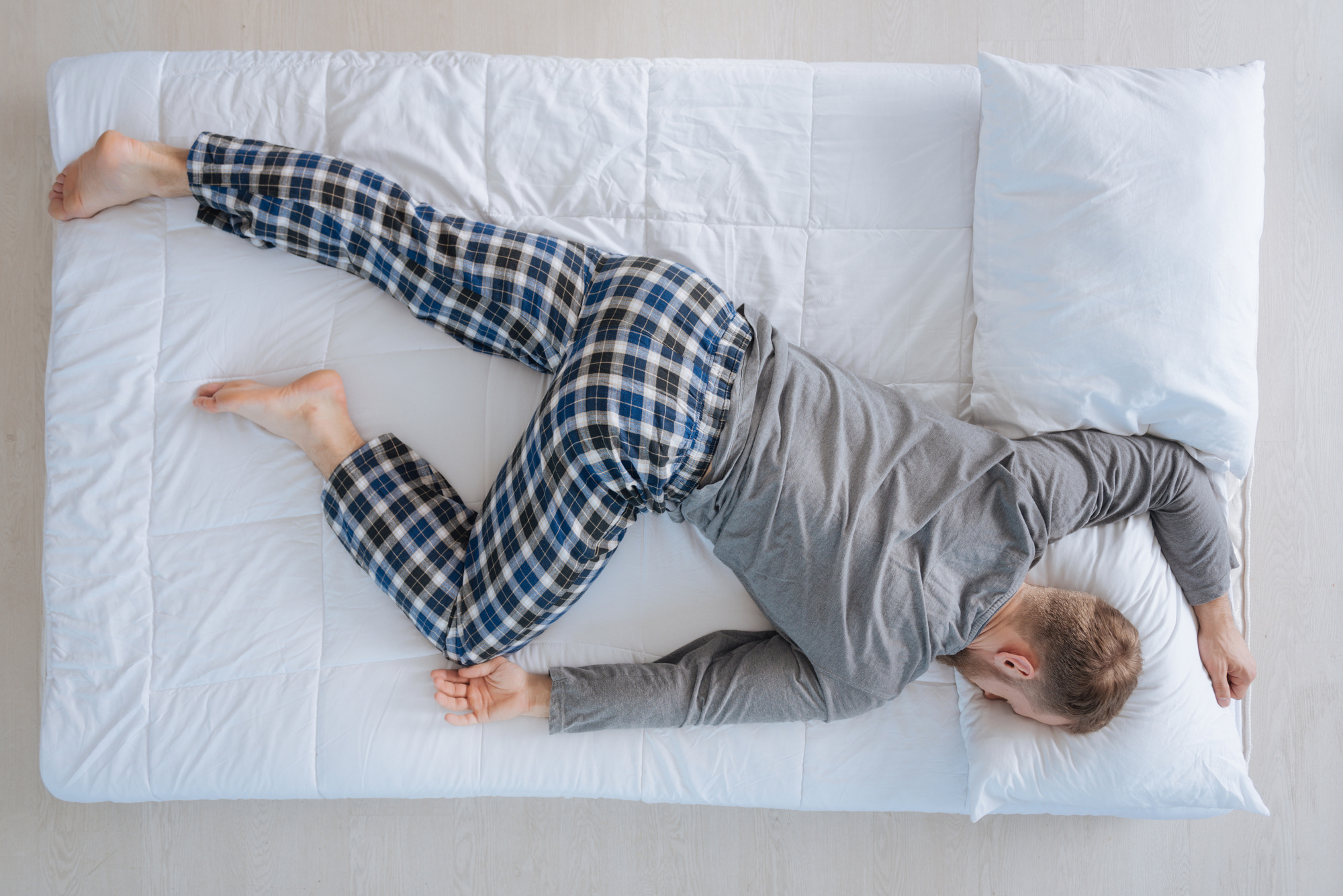Having trouble sleeping? 68 percent of Americans struggle with sleep at least once a week. In raw numbers, that’s an estimated 164 million people a week who aren’t sleeping as well as they’d like.
Everything from the way we light our house to the electronics we use before bed can contribute to poor sleep quality.
Our sleep positions may also be to blame. The way you sleep may feel natural to you, but it might not be the healthiest way to sleep.
In fact, your sleep positions can have both long and short-term implications for your health. Read on to find out more about the pros and cons of each sleep position.
Table of Contents
Sleeping On Your Back
What is the healthiest sleep position? Experts believe it’s on your back.
That’s because sleeping on your back doesn’t place as much strain on your neck and back. If you wake up with a sore neck or back, sleeping on your back instead of on your side could be the answer.
That’s the good news. But if you’re prone to snoring, then sleeping on your back can make the problem worse. If you wake up snoring, switching to a side sleep position can help.
Got acid reflux? Sleeping on your back can reduce those unpleasant symptoms.
Sleeping On Your Side
Research shows that side-sleeping is the most common of the sleep positions. Many people find it’s more comfortable than sleeping on their back.
Side-sleeping isn’t the healthiest way to sleep, but it’s pretty close. It generally ranks second-best on the list of sleeping positions.
The good news is that it cuts down on snoring. Generally speaking, it also places your spine in a good position, which means you’re less likely to wake up with a sore back or neck.
But you may have grown up hearing that sleeping on your side causes wrinkles. It sounds like a myth, but experts say there’s some truth to it.
For women, the news gets worse: sleeping on your side can cause your breasts to sag.
The Fetal Position
Something about the fetal position feels nice and cozy. We can blame our time in the womb for that. However, this is nowhere close to the healthiest sleep position.
While this position can help with circulation, it can also cause you to wake up in a lot of pain. We aren’t meant to curl ourselves up like this for hours on end.
The fetal position is an especially bad idea if you’re already dealing with chronic pain issues. Finding the best mattress for fibromyalgia is enough of a challenge without adding an unhealthy sleep position to the mix.
Sleeping On Your Stomach
This is not a healthy way to sleep. You shouldn’t do it. If you’re already doing it, you should consider stopping.
Sleeping on your stomach makes it harder to breathe. It also makes you more likely to wake up with sore joints and muscles.
It can help you snore less, but the negatives far outweigh the benefits here.
Understanding Sleep Positions
Once you understand sleep positions, you’ll understand more about what you’re tired or well-rested during the day. It’s not the only thing you need to be a productive member of society, but it’s a big piece of the puzzle.
Looking for more healthy living tips? Check out our health and fitness blog category to find advice for your waking hours.











